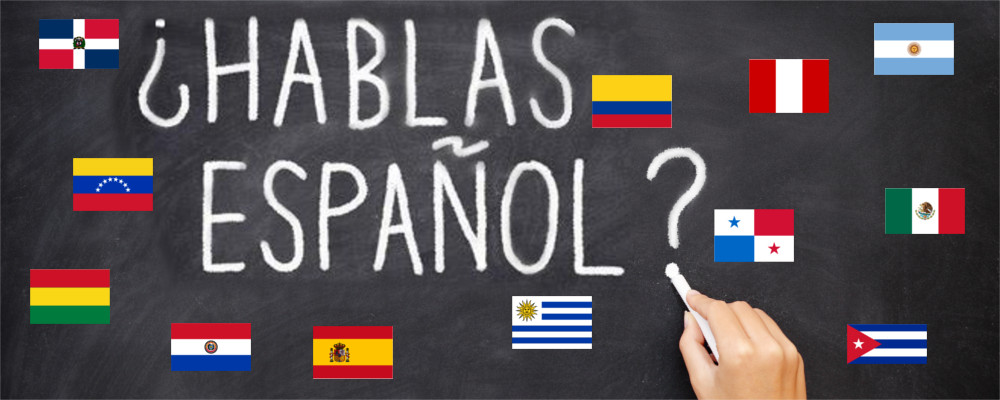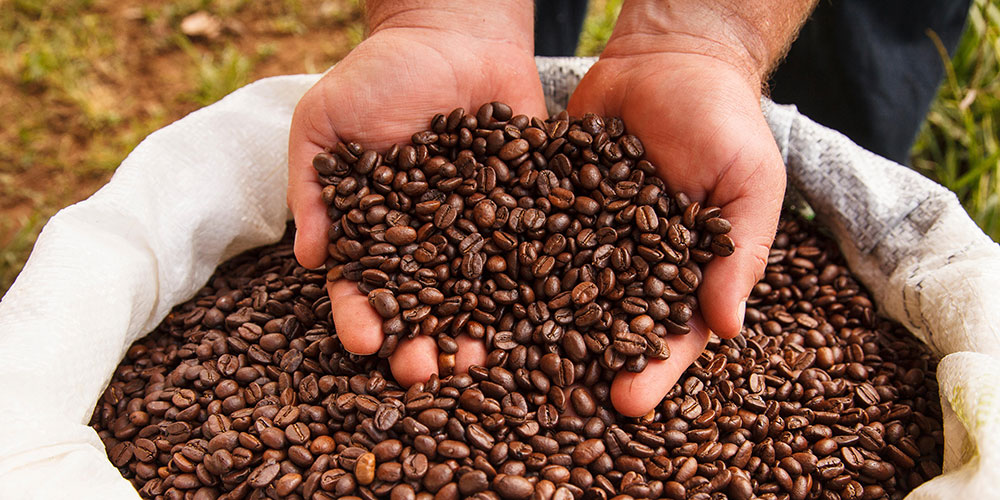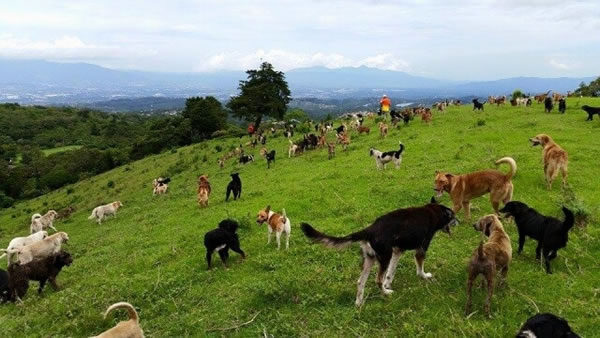No Entiendo
Prior embarking on my journey to Costa Rica, I was very good at Spanish. Spanish was something I learned when I was very young so I had a firm grasp on the language and felt pretty confident in my speaking abilities. However, one thing I was not prepared for was all the slang they use in Costa Rica, and how a lot of the words and phrases they use there are very unique to Costa Rica. I remember on one of my first days there my mama tica used the word “jupa.” I immediately asked her what that word meant and found out that this was the word some people used for “head.” Every other Spanish speaker would use the word “cabeza” instead, so this was a big shock to me. I know it sounds like nothing because it is just a different word that means the same thing, but I became so fascinated by the differences with the culture in Costa Rica, compared to other cultures that I have experienced.

My naive mindset told me that this would be one of the only language differences I would find here but boy was I wrong. Come to find out, Costa Rica is well known for the amount of slang they use when communicating, and has an array of unique words and phrases. Allow me to give you a little Spanish lesson and list of a few of these words and phrases I encountered there.
Mae = Dude/Bro
Brete = Work/Job
Yodo = Coffee
Diay = Keep Talking (Conversation Progressor)
Above I have listed some of the most shocking ones I encountered, as well as the ones I utilized the most and continue to use to this day. Lets start with the first one. “Mae” pronounced my, is used when referring to a friend if you wanted to say dude. If you are talking with a true Costa Rica native, I found that this word came up a lot in conversation and is overall a simple term of endearment to show that you are enjoying someone else’s presence in the conversation. The second word “brete” is for work, a small job, or a chore. Whenever I was at my host families house, I would often ask if there were any “bretes” they needed help with around the house, which is just me asking if they needed help with any of their chores. This could also be used if you had to do something real quick before leaving the house such as throwing a piece of trash away. It is essentially similar to how in english we say “I gotta do something real quick.” Next we have “yodo” which was probably the most surprising one to me as well as the one I used the least. “Yodo” is not used very often in general but you could hear someone refer to coffee as this. The final one is “diay” which is pronounced as d-eye. This is another word that was heavily utilized in conversation. If you were speaking with someone and you wanted to show that you were interested in the conversation, you could say “diay, diay, diay” which is essentially you saying how interesting, tell me more, or keep going. This can also mean an exclamation of disbelief or confusion if you say it like a question.
I highly encourage you to check out various other Spanish slang words from many different Spanish speaking countries around the world, it can really widen your language horizon!










Recent Comments